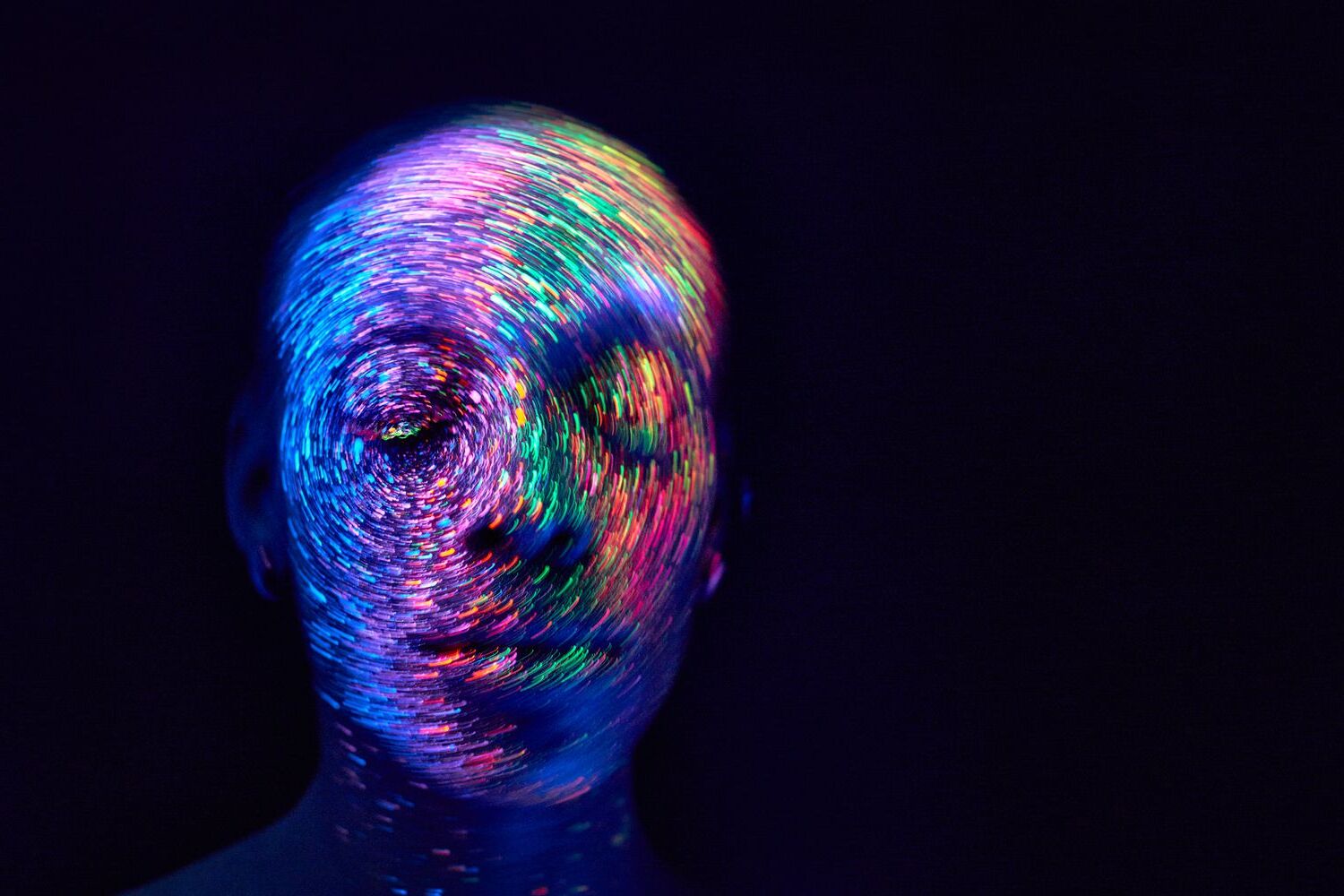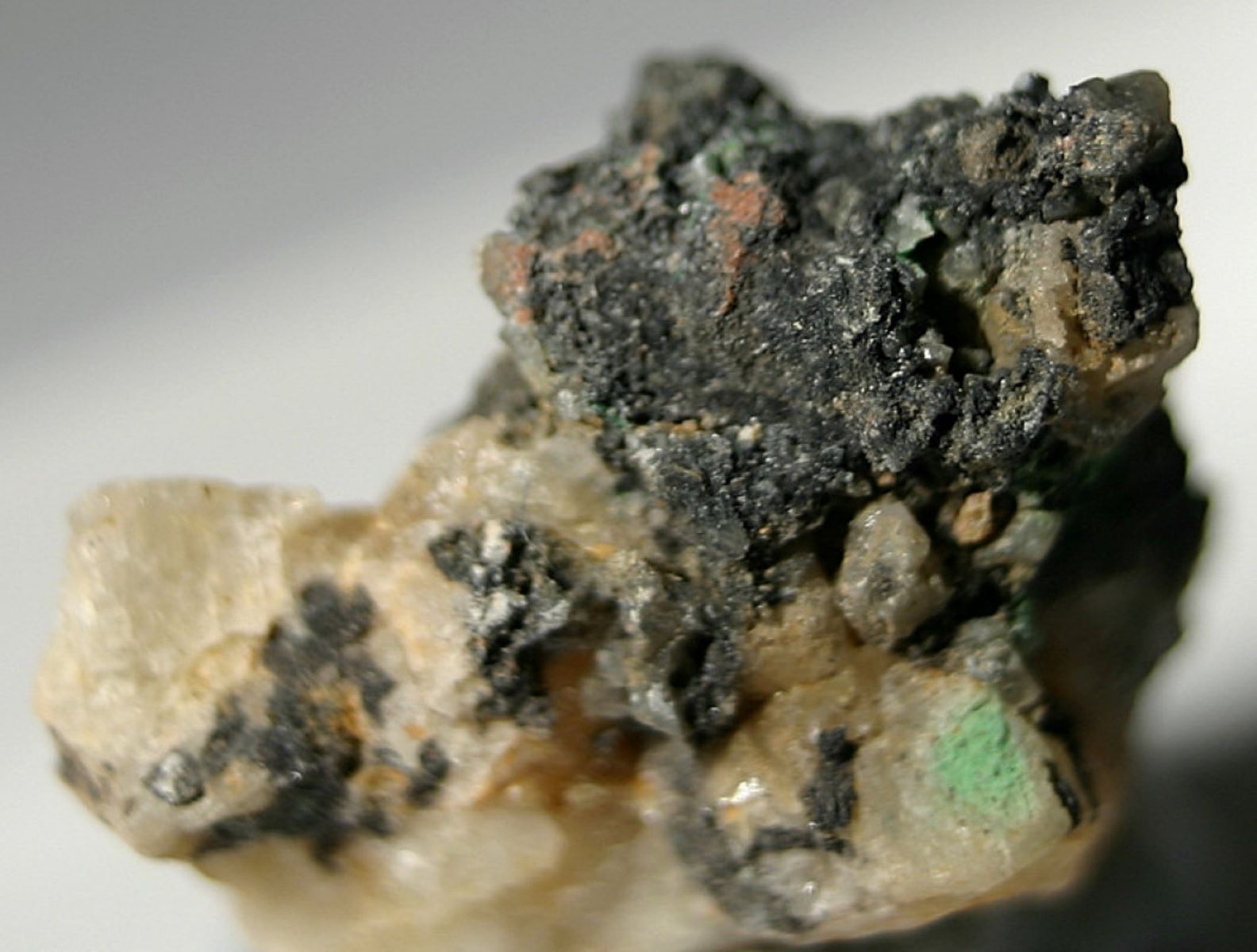
Hallucinations can be both fascinating and terrifying. They occur when someone perceives something that isn't present. These experiences can involve any of the five senses, making them quite varied. Visual hallucinations might include seeing shapes, colors, or even people who aren't there. Auditory hallucinations often involve hearing voices or sounds that have no external source. Some people might even experience olfactory hallucinations, smelling odors that aren't real. Hallucinations can result from various causes, including mental health conditions like schizophrenia, neurological disorders such as Parkinson's disease, or even extreme fatigue. Understanding these phenomena can help demystify them and reduce the stigma surrounding those who experience them. Let's dive into 30 intriguing facts about hallucinations to better grasp this complex subject.
Key Takeaways:
- Hallucinations are sensory experiences that can affect all five senses, not just sight. They can be caused by various factors, including medical conditions, substance use, and even extreme stress or trauma.
- Movies, books, and art often depict hallucinations to illustrate characters' mental states or add a surreal element to the story. Hallucinations can also be a symptom of high fever and sensory deprivation.
What Are Hallucinations?
Hallucinations are sensory experiences that appear real but are created by the mind. They can affect all five senses: sight, sound, taste, touch, and smell. Let's dive into some fascinating facts about hallucinations.
-
Hallucinations can occur in any of the five senses, not just sight. This means people can hear, smell, taste, or feel things that aren't there.
-
Visual hallucinations are the most common type. These can range from simple flashes of light to complex scenes involving people or animals.
-
Auditory hallucinations often involve hearing voices. These voices can be familiar or unfamiliar, friendly or hostile.
-
Olfactory hallucinations involve smelling odors that aren't present. This can be particularly distressing if the smells are unpleasant.
-
Gustatory hallucinations make people taste things that aren't there. This is less common but can be linked to certain medical conditions.
-
Tactile hallucinations involve feeling sensations on the skin. People might feel like bugs are crawling on them or that someone is touching them.
Causes of Hallucinations
Hallucinations can be triggered by various factors, including medical conditions, mental health disorders, and substance use. Here are some key causes.
-
Schizophrenia is a major cause of hallucinations. People with this condition often experience auditory hallucinations.
-
Parkinson's disease can lead to visual hallucinations. These are usually benign and involve seeing people or animals.
-
Alzheimer's disease can cause hallucinations, especially in the later stages. These are often visual but can also be auditory.
-
Migraines sometimes cause visual hallucinations known as auras. These can include flashing lights or zigzag patterns.
-
Epilepsy can trigger hallucinations during seizures. These are usually visual but can involve other senses.
-
Sleep disorders like narcolepsy can cause hallucinations. These often occur as people are falling asleep or waking up.
Hallucinations and Substance Use
Certain substances can induce hallucinations. These can be recreational drugs, medications, or even withdrawal from substances.
-
LSD is well-known for causing vivid visual hallucinations. Users often see bright colors and patterns.
-
Magic mushrooms contain psilocybin, which can induce hallucinations. These are often visual but can affect other senses.
-
PCP, also known as angel dust, can cause severe hallucinations. These can be both visual and auditory.
-
Alcohol withdrawal can lead to hallucinations. This condition, known as delirium tremens, is a medical emergency.
-
Certain medications can cause hallucinations as a side effect. These include some antidepressants and antipsychotics.
-
Cannabis can sometimes cause hallucinations, especially in high doses. These are usually mild and short-lived.
Hallucinations in Pop Culture
Hallucinations have been a popular theme in movies, books, and art. They often serve to illustrate a character's mental state or add a surreal element to the story.
-
The movie "A Beautiful Mind" portrays the life of John Nash, who experiences auditory and visual hallucinations due to schizophrenia.
-
"Alice in Wonderland" by Lewis Carroll features numerous hallucination-like experiences. These add to the whimsical and surreal nature of the story.
-
Salvador Dalí's paintings often depict hallucinatory scenes. His work is known for its dreamlike and bizarre imagery.
-
The TV show "Legion" explores the life of a character with schizophrenia. Hallucinations play a significant role in the plot.
-
"Fight Club" features a protagonist who experiences hallucinations. These are central to the film's twist ending.
-
The novel "The Bell Jar" by Sylvia Plath includes descriptions of hallucinations. These reflect the protagonist's mental health struggles.
Interesting Facts About Hallucinations
Here are some more intriguing tidbits about hallucinations that you might not know.
-
Charles Bonnet syndrome causes visual hallucinations in people with vision loss. These hallucinations are usually complex and detailed.
-
Hallucinations can be a symptom of high fever. This is more common in children and older adults.
-
Phantom limb syndrome involves feeling sensations in a limb that has been amputated. These sensations can include pain and itching.
-
Hallucinations can occur during sensory deprivation. This happens when someone is in a dark, quiet environment for an extended period.
-
Some people experience musical hallucinations. They hear music that isn't playing, often familiar tunes.
-
Hallucinations can be induced by extreme stress or trauma. These are usually temporary and resolve once the stressor is removed.
The Fascinating World of Hallucinations
Hallucinations are more than just figments of imagination. They offer a window into the complexities of the human mind. From visual and auditory experiences to tactile and olfactory sensations, these phenomena can be both intriguing and unsettling. Understanding hallucinations helps demystify conditions like schizophrenia, Parkinson's disease, and even sleep disorders.
Hallucinations aren't always linked to mental illness; they can result from stress, lack of sleep, or even certain medications. Knowing the triggers and types can aid in better managing these experiences.
Whether you're a student, a healthcare professional, or just curious, the world of hallucinations is a rich field of study. It reminds us of the brain's incredible power and its occasional misfires. Keep exploring, stay curious, and remember, the mind is a fascinating place.
Frequently Asked Questions
Was this page helpful?
Our commitment to delivering trustworthy and engaging content is at the heart of what we do. Each fact on our site is contributed by real users like you, bringing a wealth of diverse insights and information. To ensure the highest standards of accuracy and reliability, our dedicated editors meticulously review each submission. This process guarantees that the facts we share are not only fascinating but also credible. Trust in our commitment to quality and authenticity as you explore and learn with us.


